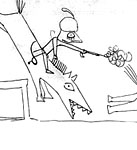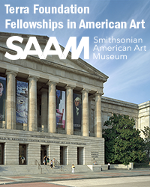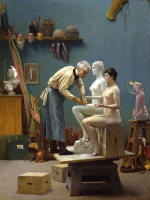X
Please wait for the PDF.
The browser will either open the file, download it, or display a dialog.
The browser will either open the file, download it, or display a dialog.
While the Swiss schoolmaster Rodolphe Töpffer is widely acknowledged as the inventor of the comic strip, no one has yet analyzed the development of the visual language of comics. This essay traces many of the signs, symbols, visual conventions and narrative strategies familiar in modern comics to the work of French artists in the 1840s and 1850s, in particular Cham and Gustave Doré.
The author explores nineteenth-century constructions of femininity by looking at the motif of women inhaling floral fragrance in British painting and visual culture, from about 1880 to 1910.
The recognizably modern commercial art gallery first emerged in London in the 1850s and 1860s. This essay uses Ernest Gambart's French Gallery to examine the origins of this new kind of space for the exhibition and sale of art, and the new roles for artists, dealers, objects, and audiences that it signaled.
By the late-eighteenth century, women artists in Paris were drawing the male nude in coeducational studios and taking anatomy classes at the Louvre. The author rediscovers the amusing satires and spirited epistolary debates that surrounded these activities.
The exhibition of Croatian art at the 1896 Millennial Exhibition in Budapest, organized by Vlaho Bukovac, advanced the cause of Croatian sovereignty within the framework of late nineteenth-century Hungarian Imperialism.











